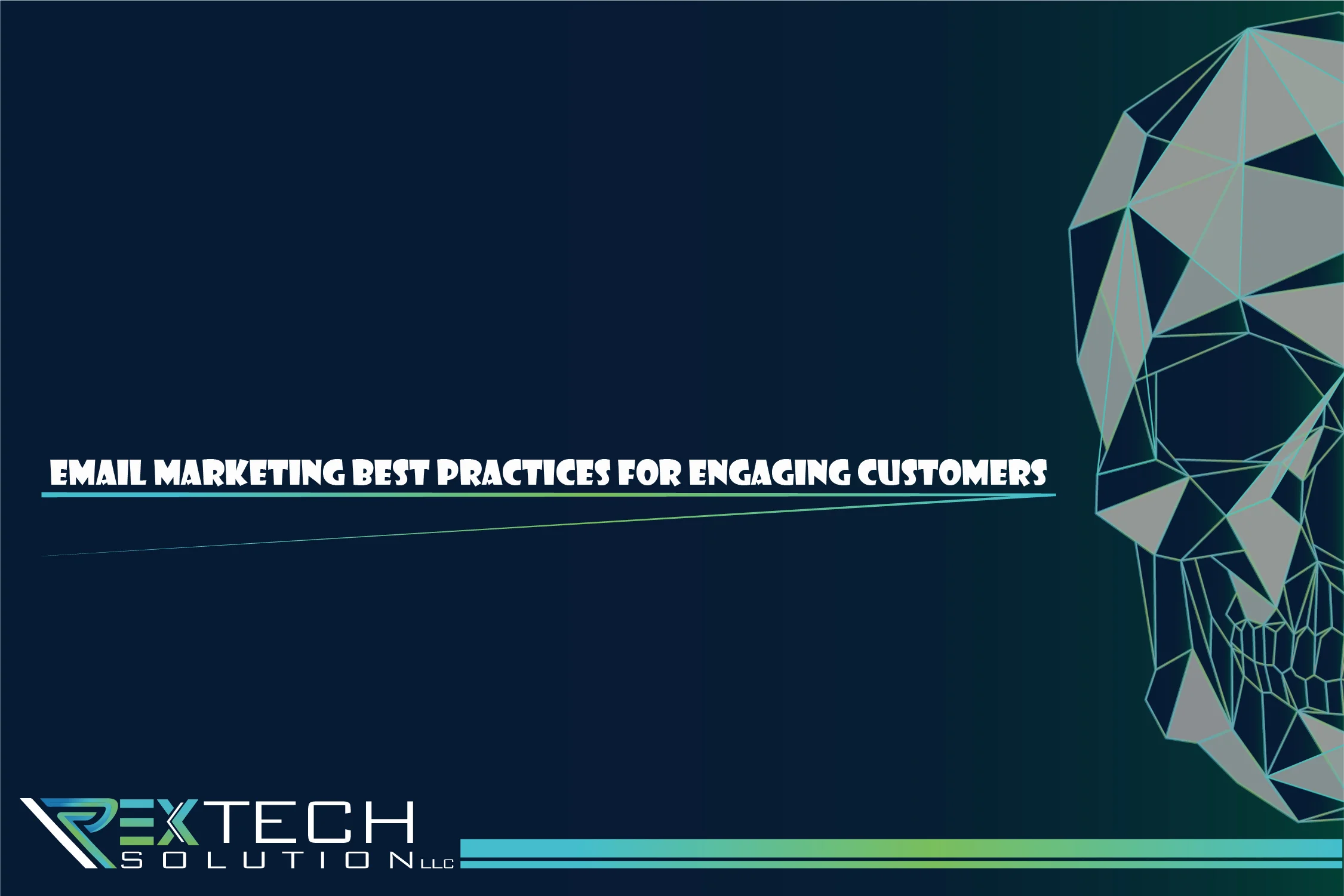Build a Quality Email List T
he foundation of any successful email marketing campaign is a quality email list. Focus on growing your list organically by offering valuable content or incentives to encourage sign-ups. Avoid purchasing email lists, as they are often filled with uninterested or spammy addresses.
Personalize Your Emails
Personalization is key to engaging customers. Use the subscriber’s name in the email subject line and content to make the email feel more personal. Additionally, segment your email list based on subscriber interests and behavior to send targeted and relevant content.
Use Compelling Subject Lines
The subject line is the first thing subscribers see, so it’s crucial to make it compelling. Use action-oriented language, create a sense of urgency, or offer a benefit to entice subscribers to open the email.
Create Valuable Content
Your email content should provide value to your subscribers. Whether it’s educational information, exclusive offers, or entertaining content, ensure that your emails are worth opening and reading.
Optimize for Mobile
With a growing number of people checking their email on mobile devices, it’s essential to optimize your emails for mobile. Use a responsive design that adapts to different screen sizes and keep your email content concise and easy to read on a smaller screen.
Include Clear Calls to Action (CTAs)
Every email should have a clear call to action (CTA) that tells subscribers what you want them to do next. Whether it’s to make a purchase, download a resource, or visit your website, make sure your CTA stands out and is easy to understand.
Test and Analyze
Your Emails Regularly test different elements of your emails, such as subject lines, content, and CTAs, to see what resonates best with your audience. Use analytics to track the performance of your emails and make data-driven decisions to improve your campaigns.
Conclusion
By following these best practices for email marketing, you can create engaging campaigns that resonate with your audience and drive results. Remember to continually refine your strategies based on data and feedback to ensure continued success.
FAQs
1. What is the best way to grow an email list organically?
The best way to grow an email list organically is by offering valuable content or incentives to encourage sign-ups. This can include free eBooks, discounts, exclusive content, and more. Utilize your website, social media platforms, and events to capture email addresses from genuinely interested prospects.
2. How important is email personalization?
Email personalization is crucial as it significantly increases engagement and conversion rates. Personalized emails feel more relevant to the recipient, which can lead to higher open rates and better customer relationships.
3. What makes a good email subject line?
A good email subject line is short, compelling, and relevant to the email content. It should create a sense of urgency or offer a clear benefit to entice the subscriber to open the email. Using action-oriented language and testing different styles can help improve subject line effectiveness.
4. How can I ensure my emails are mobile-friendly?
To ensure your emails are mobile-friendly, use a responsive design that adapts to different screen sizes. Keep your content concise and use large, tappable buttons for CTAs. Shorter subject lines also help ensure visibility on smaller screens.
5. What metrics should I track to measure the success of my email campaigns?
Key metrics to track include open rates, click-through rates, conversion rates, and unsubscribe rates. These metrics can help you understand how well your emails are performing and where improvements can be made.
6. How often should I send emails to my subscribers?
The frequency of your emails depends on your audience and the nature of your content. It’s important to find a balance between staying top-of-mind and not overwhelming your subscribers. Testing different frequencies and gathering feedback can help determine the optimal sending frequency.

